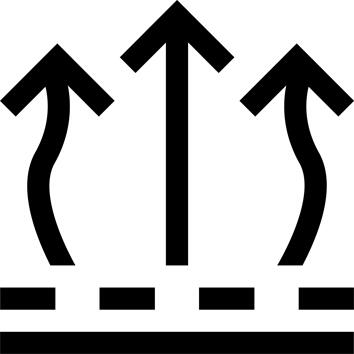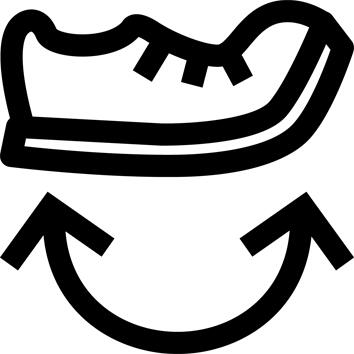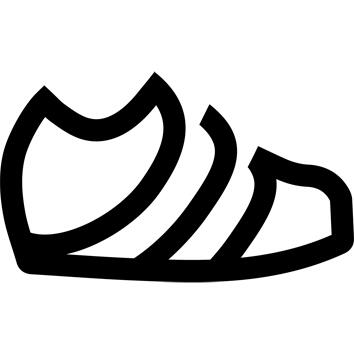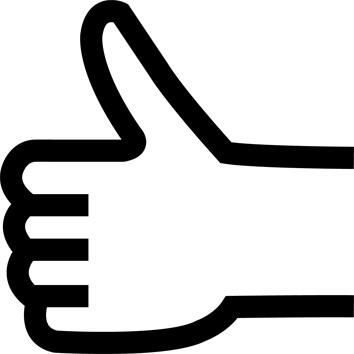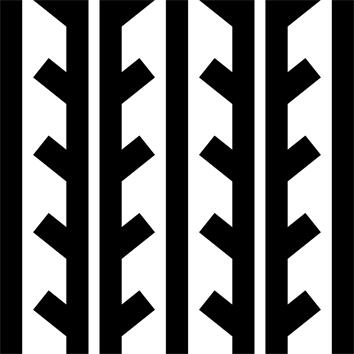Shoes adapted to young children's feet:
Between the ages of 1 and 6, the foot plays an important role in a child's development and growth. Our shoes meet the specific needs of children's feet at different stages of development.
Which shoes should I choose for my child?
From 1 to 2 years (sizes 20 to 24): beginning and learning to walk. Feet are flat, round and chubby: our I LEARN shoes are very flexible to facilitate natural development. 3 to 6 years (sizes 25 to 30): improving walking, running and jumping. Feet become more muscular and slender, and the arch of the foot begins to form: our I MOVE shoes are flexible and support the heel.
Characteristics of the foot in children aged 3 to 6 :
For the 3 to 6 year-old who runs and jumps, you also need a shoe that protects the foot and gives great freedom of movement; but Domyos I MOVE shoes also provide greater support for the back of the foot. Children of this age are developing (increased height, mass), and increasing their physical activity (increased intensity and duration). They therefore need more support and protection.
Choosing the right size
It's very easy to check the size: remove the shoe's insole and place it on the ground; place your child's foot flat on it, with the heel flush with the back line; if the toes fit in the hatched area at the top of the sole, it's the right size! Don't forget to check your child's shoe size regularly, as the growth of a child's foot is at its greatest between the ages of 1 and 3: see the "Which size to choose?
Arch or not?
At the beginning of our lives, we are naturally flat-footed. From the moment we learn to walk, the arch of the foot will gradually form, notably through the natural development of the foot muscles. For this reason, it is not necessary to incorporate an arch in the shoe during a child's growth (unless a health professional advises otherwise).
The benefits of physical activity from an early age
Regular physical activity from an early age is beneficial to a child's physical and intellectual development. Learning a healthy lifestyle will limit health problems later in life. What's more, group physical activity promotes social integration and contributes to the child's personal development.
Physical and intellectual benefits
"What are the physical benefits?
Develop the acquisition of motor and physical skills Develop strength and flexibility
Promote growth
Fight obesity
What are the intellectual benefits?
Help build self-confidence
Promote integration into a group
Help academic success Help relieve stress and anxiety
The practice
Have you heard of Baby Gym?
Accessible to children from the age of 10 months to 6 years, it's a fun, gymnastic activity, practised in the form of courses built with adapted equipment.
The practice of Baby Gym
helps children to discover and develop their motor skills, thanks to different exercises and actions.
It's an introduction to all kinds of sports.

